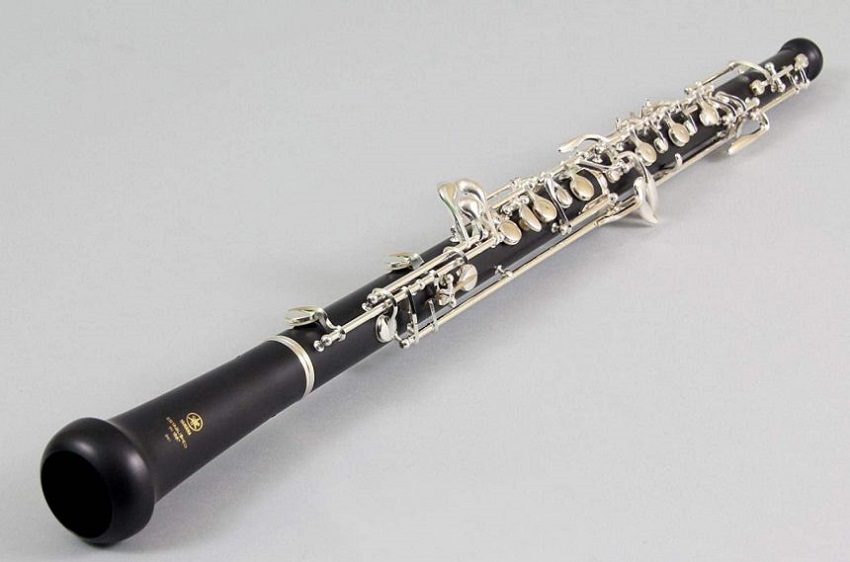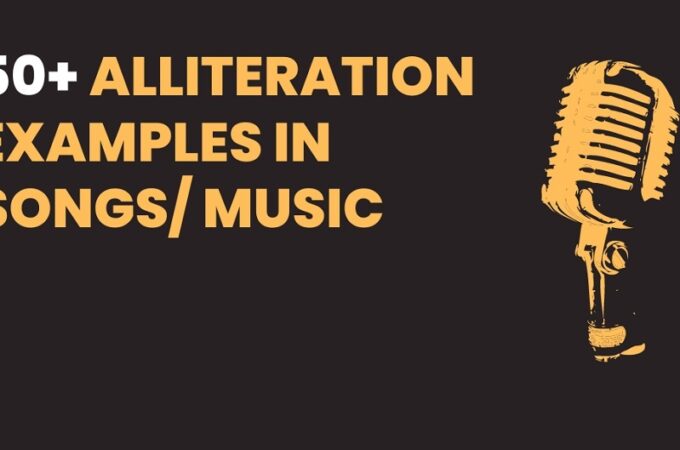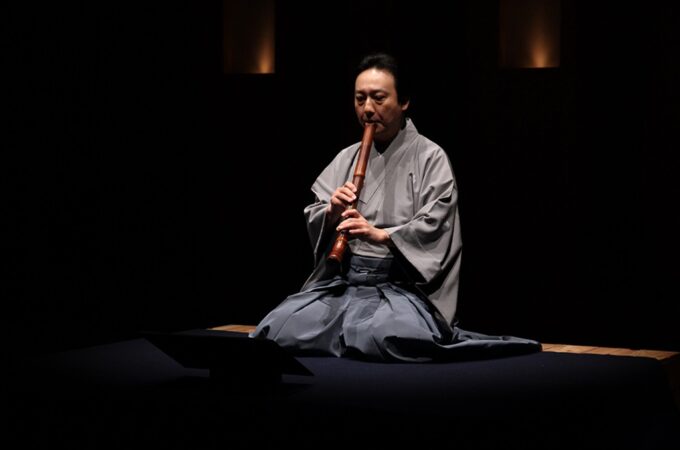
5 Unpopular Wind Instruments You Probably Didn’t Know About
A wind instrument in which sound is produced by the vibration of reeds in the mouthpiece, as a bassoon, clarinet, oboe, or saxophone, or by the passing of air across the mouthpiece, as a flute. Some, though, are very unpopular. Here are some of them from best online casino for real money.
Saxtromba / Saxtuba / Independent-valve trombone
Adolphe Sax is best known as the inventor of the saxophone. His claim to have . invented the saxhorn (1845) immediately embroiled him in legal disputes, and even today not everyone considers that his instruments are different enough from earlier valved bugles to deserve a patent. Less well known and successful, Sax introduced the saxtromba to French military music, also in 1845. He intended saxtromba to occupy the acoustic space between trombones and saxhorns. It has a conical bore, but not as wide as the saxhorn’s. He hoped that with its more brilliant sound it would supplant the trumpet and trombone in cavalry bands. Not for long.
Bimbonifono
Italian orchestras and bands of the 19th century abandoned the slide trombone entirely. Gioacchino Bimboni, the leading Italian valve trombone virtuoso, began to manufacture trombones in 1831. In 1850 he introduced a trombone with seven valves, which he named after himself. Very little research has been done on Italian instrumental music. Italian composers produced hardly any purely orchestral music. Only a few researchers have looked into the remarkable body of Italian military band music. And so Bimboni and other Italian trombonists of the time remain almost completely unknown. So far, the bimbonifono remains nothing more than an entry in Langwill’s index of musical instrument manufacturers. Until someone looks into it, it will not be possible to assess how much anyone actually used it, courtesy of best usa payout online casinos.
Sarrusophone
In 1856, French bandmaster Pierre-Auguste Sarrus designed a family of conical keyed brass instruments with double reeds. Sax’s saxophone and saxhorn families may have provided inspiration. A saxophone is sort of like an ophicleide with a clarinet reed, and the sarrusophone is sort of like an ophicleide with an oboe or bassoon reed. Sarrus hoped his invention would replace oboes and bassoons in military bands, just as Sax hoped the saxtromba would replace trumpets and trombones. And with somewhat greater success. Sax himself actively opposed the sarrusophone. He was official leader of French military music and did not take kindly to rival innovators. Some French units adopted Sarrusophones anyway, and continued to use them into the 1920s. English, American, and Italian bands have made sporadic use of sarrusophones.
Cimbasso
Giuseppe Verdi disliked the combination of trombones and tuba. He preferred the idea of a contrabass trombone at the bottom of the low brass. In 1881 he asked the leading Italian manufacture of wind instruments, Pelitti, to design one. The new instrument had four valves and a shape something like a slide trombone, except the “slide” part rests on the floor. The bell and mouthpiece receiver are bent to make the bell face forward and the mouthpiece accessible to the player. Pelitti called the new instrument “Verdi contrabass trombone,” but somehow it has acquired the name “cimbasso.” Unfortunately, that’s also the name of various unrelated earlier instruments.
Heckelphone
The fundamentals of the oboe and bassoon are more than two octaves apart. Some composers have felt a need for an instrument that comes between the two. The Nürnberg maker Denner made at least one baritone oboe (ca. 1700), an octave below the standard oboe. Other manufacturers tried their hand at them over the next two centuries, but none of the designs caught on. A bass oboe, with a fundamental between the baritone oboe and bassoon, also exists. Wagner complained to bassoon-maker Wilhelm Heckel in 1879 about the lack of sufficiently powerful baritone oboe. Heckel began to experiment, but it was not until 1904 that his son introduced the Heckelphone.





